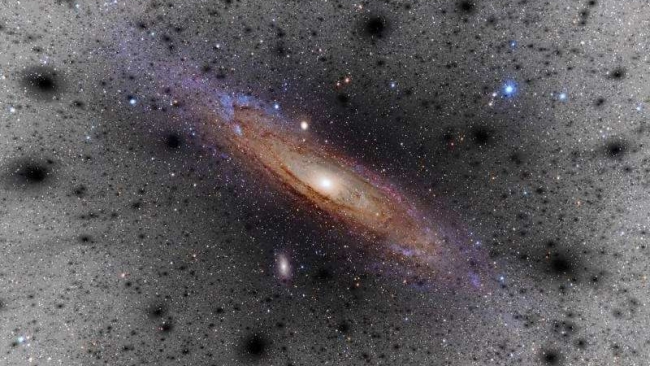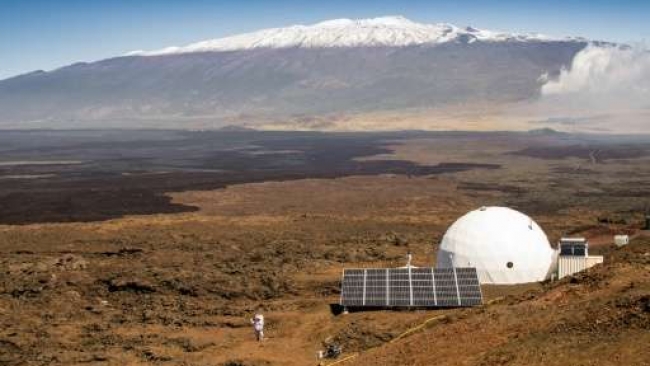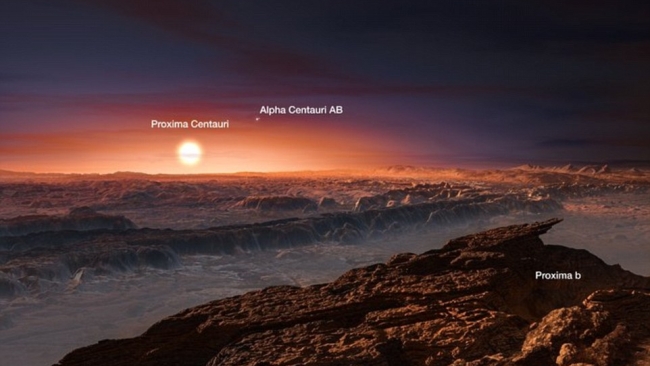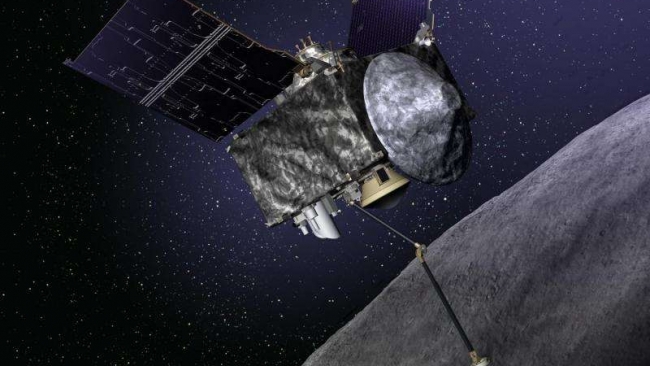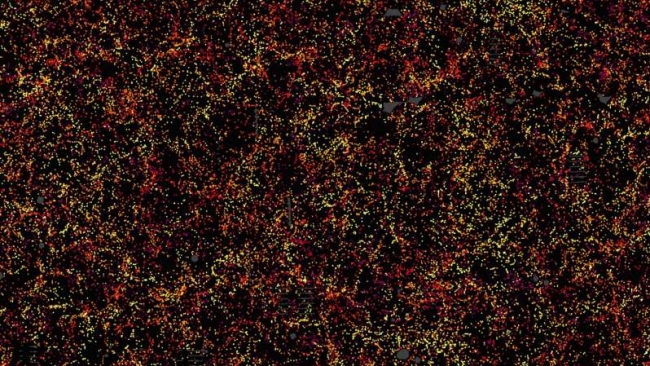Mini-lightning bolts may be battering our moon
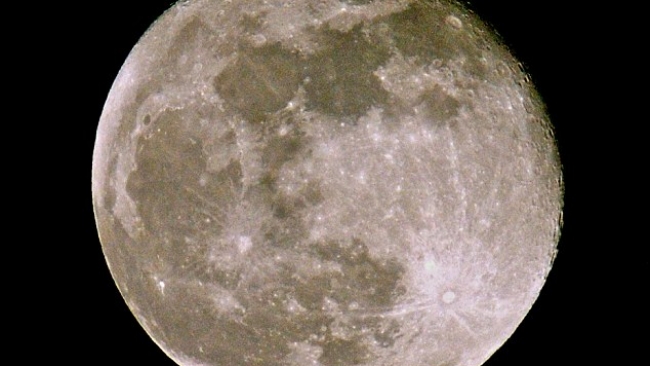
Its surface is heavily pockmarked with craters left by thousands of meteor impacts, but new research suggests something else may also be shaping the moon's landscape. Physicists say bolts of lightning generated by the static charge built up in the fine dust coating the lunar surface could be melting and vapourising its soil.
This may help to explain the battered appearance of the moon's surface.
The researchers said the electric charges could build up in the lunar soil, also known as regolith, due to the high energy particles thrown off by the sun in solar storms collecting in cold areas. When enough of these accumulate they could trigger tiny explosion-like sparks as the charge suddenly channels through the soil. They estimate in dark regions of the moon – where the charge is likely to build up more due to the cold conditions – 10-25 per cent of the upper layer dust has been blasted in this way.
Speaking to New Scientist, Dr Andrew Jordan, a researcher at the University of New Hampshire in Durham who was lead author of the study, said: 'The electric field keeps building up and building up and then snap, you go from nothing to conducting almost instantaneously.' The researchers, whose work is published in the journal Icarus, believe it may be possible to look for the remnants of these mini-lightning bolts in the moon's soil. It may even be present in samples of lunar regolith brought back by astronauts on the Apollo missions.
They describe this altering of the lunar soil 'breakdown weathering'. But they say they would expect this process to decrease the reflectance of the lunar surface because on Earth lightning strikes can create dark glass to form on rocks. Is something similar was happening on the moon, it would make the lunar surface darker not brighter. However, the lack of oxygen and chemical make-up of the regolith may be responsible for the difference.
Such electrical discharges could also pose problems for future missions looking to explore the areas close to the south pole and other regions that remain in permanent shadow as they could interfere with electronic equipment.
Source: Daily Mail
Tue 13 Sep 2016 at 06:48
